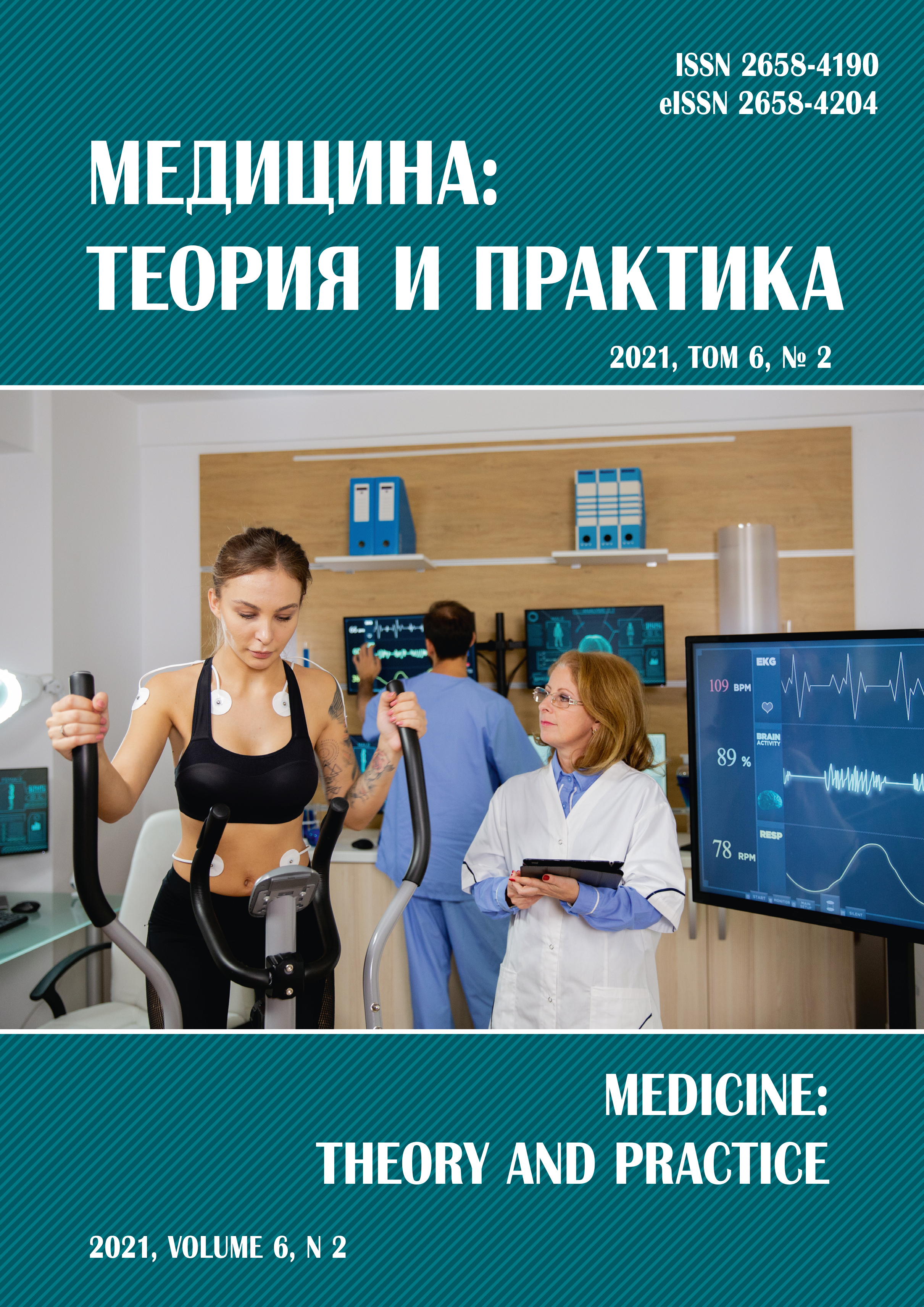LEFT VENTRICULAR MYOCARDIAL DEFORMATION AND DYSFUNCTION IN HEREDITARY DISORDERS OF CONNECTIVE TISSUES
Abstract
Remodeling the heart with the development of systolic dysfunction is typical for hereditary connective tissue disorders belonging to the group of fibrillinopathy - Marfan syndrome and the primary prolapse of the mitral valve. In such patients, the thickening of myocardial and the reduction of the local systolic deformity of the left ventricle (Lv) at a young age is detected. Fibrillinopathy also includes the most common dysplastic phenotype - marfanoid habitus (Mh). Features of local systolic deformity of the left ventricle in the Mh have not previously been studied. Materials and methods. The study included 120 persons between the ages of 18 and 25 (average age 20.4 ± 1.5 years), including 58 boys and 62 girls and 111 patients of older age groups (average age 64.8 ± 6.5 years). All the subjects was examined with anthropometric and phenotypic examinations with an assessment of bone signs of dysembryogenesis and Echo Cg study according to the standard protocol. Results. In young people with Mh compared to the control group was significantly thicker myocardium of the back wall and interventricular septum, which leads to an increase in the mass of myocardial in such patients. Patients in older age groups with Mh show signs of concentric myocardial hypertrophy. Local systolic circumferential strain of the myocardial and speed were significantly lower in patients with Mh in 3 of 4 segments at the top and 4 out of 6 segments at the median level. Radial strain and speed was reliably reduced in 5 of the 6 segments at the base level. Conclusion. Patients with Mh at a young age are defined thickening of myocardium of Lv and reduces strain and speed of local circumferential and radial. These changes are progressive in nature - clinically significant Lv myocardial hypertrophy appears to 50-60 years.



